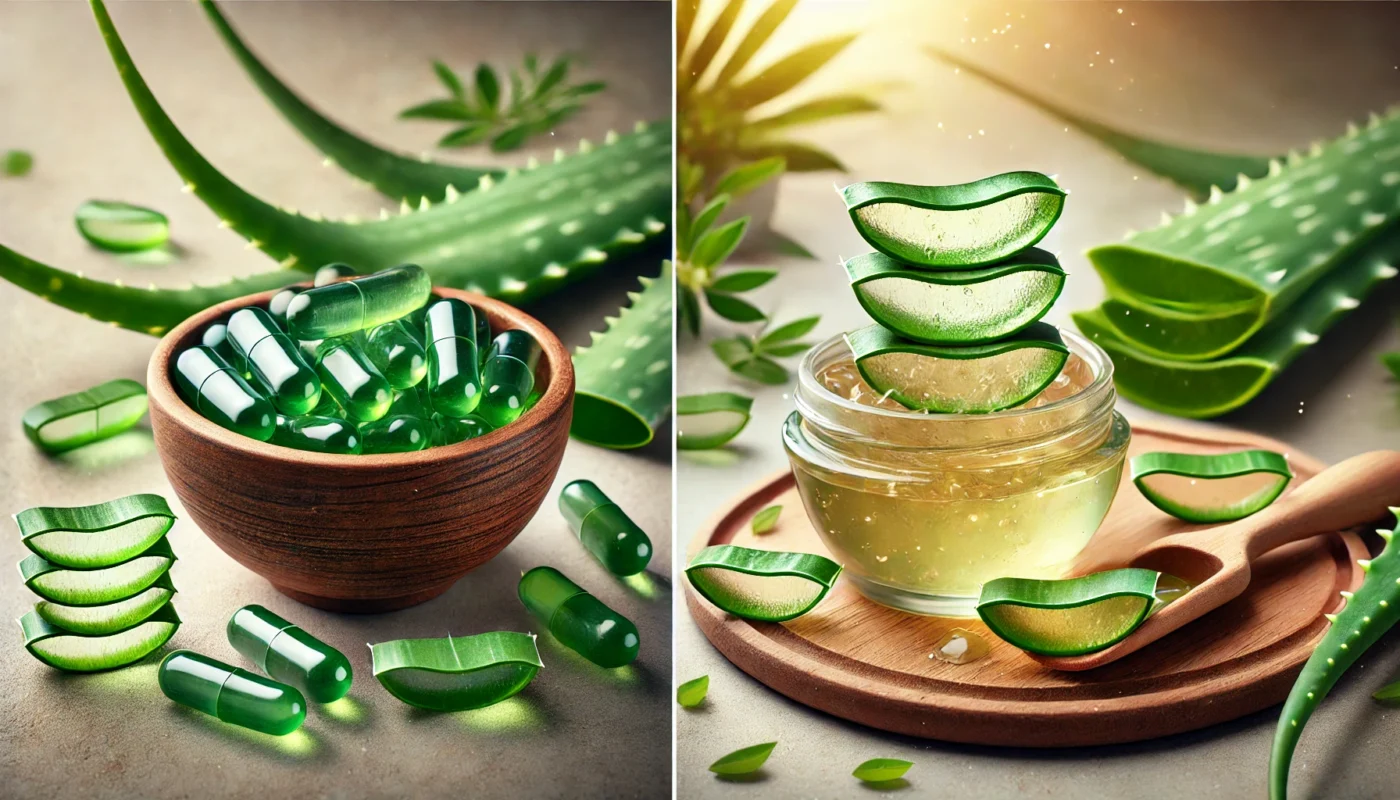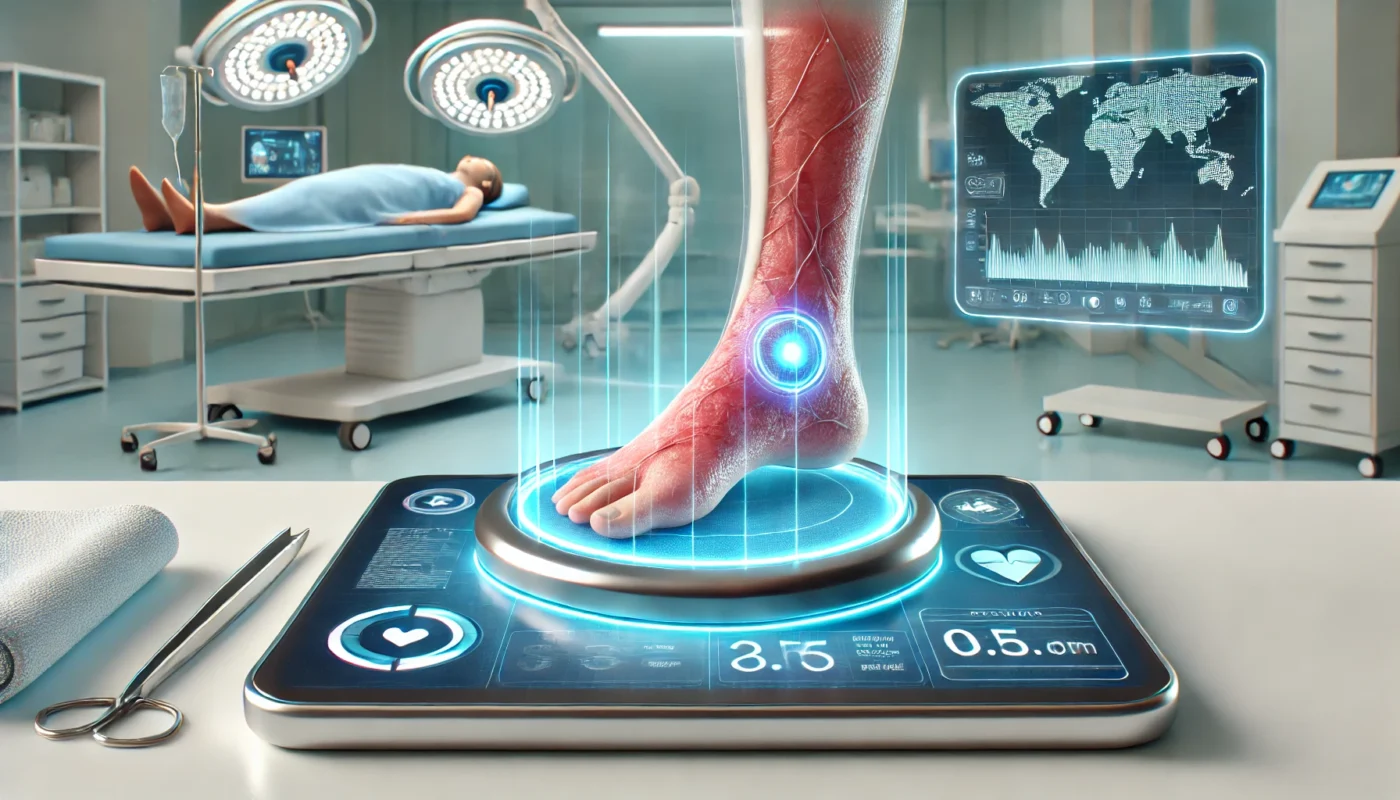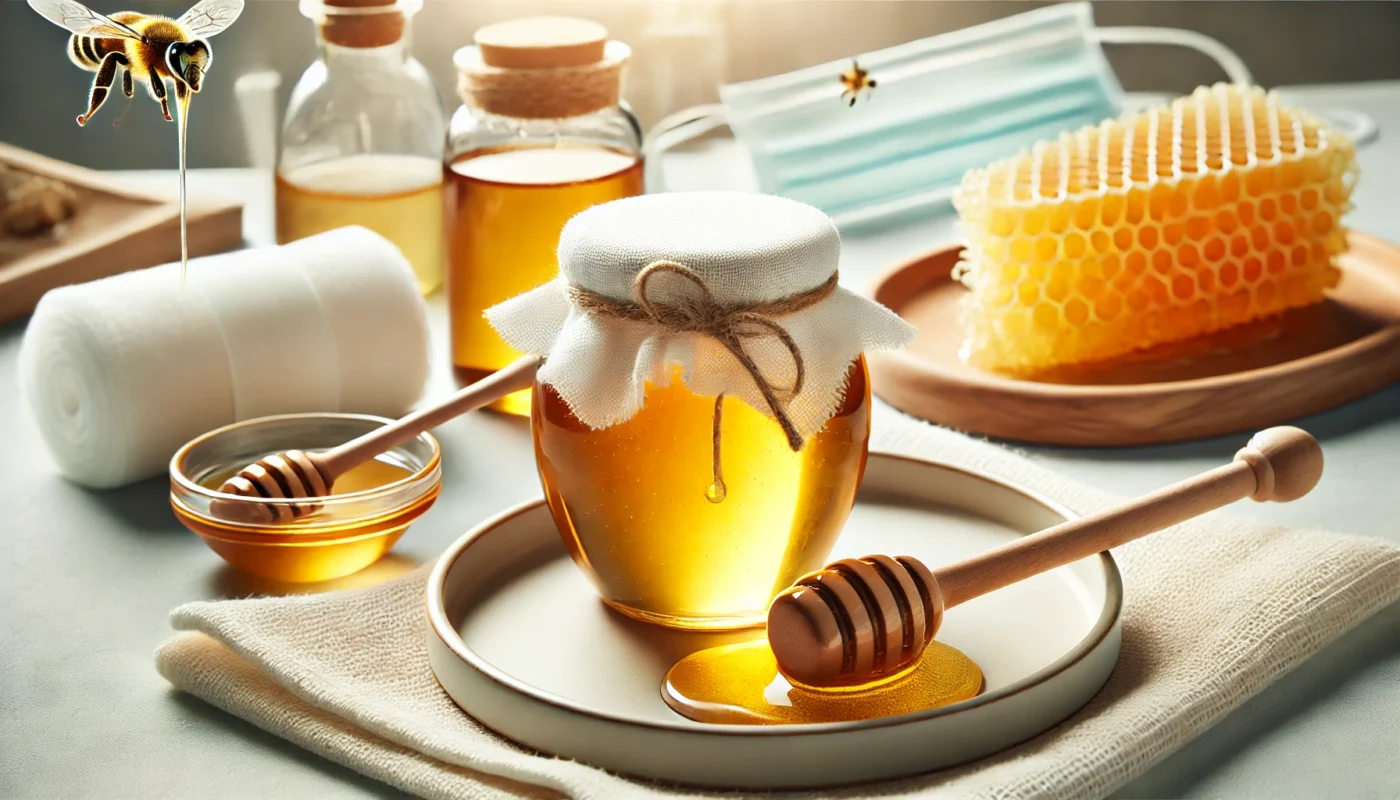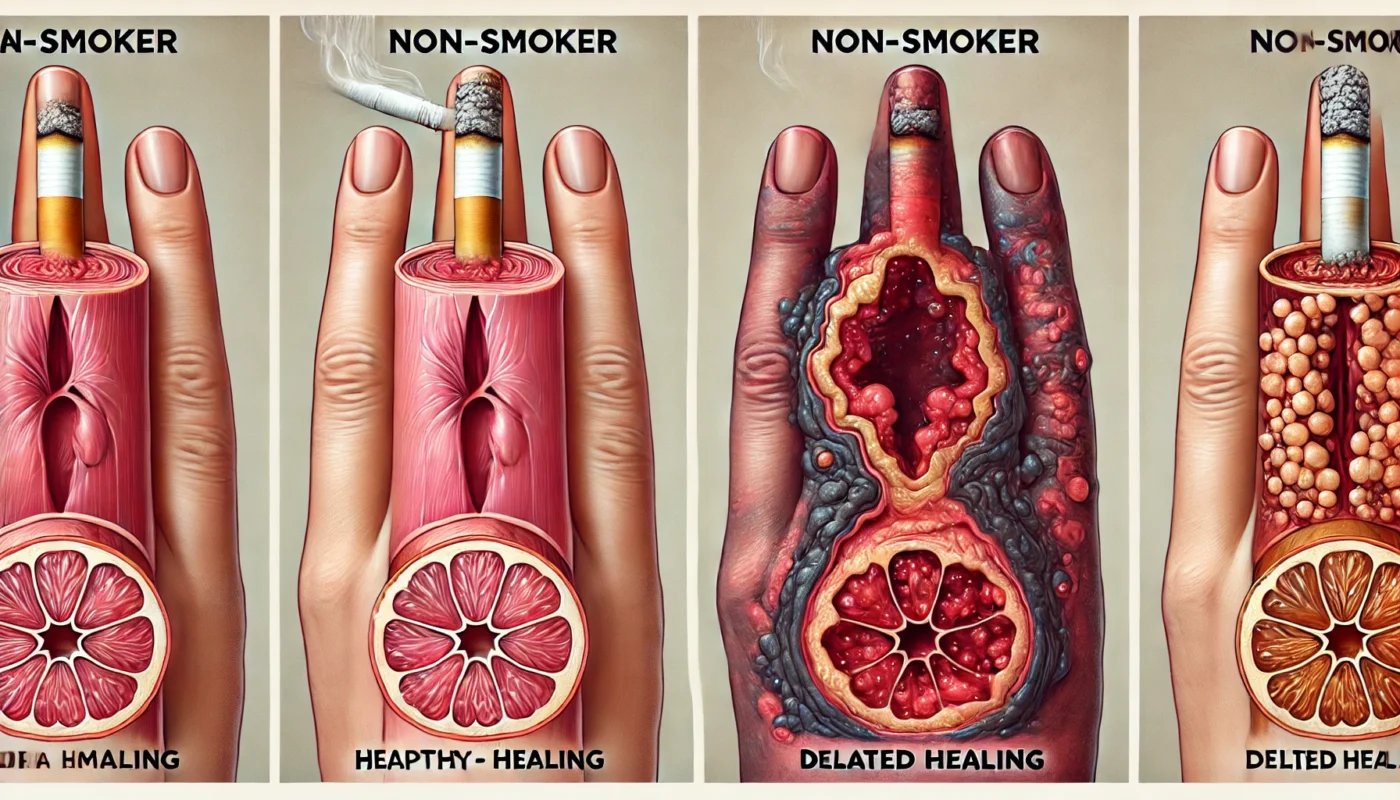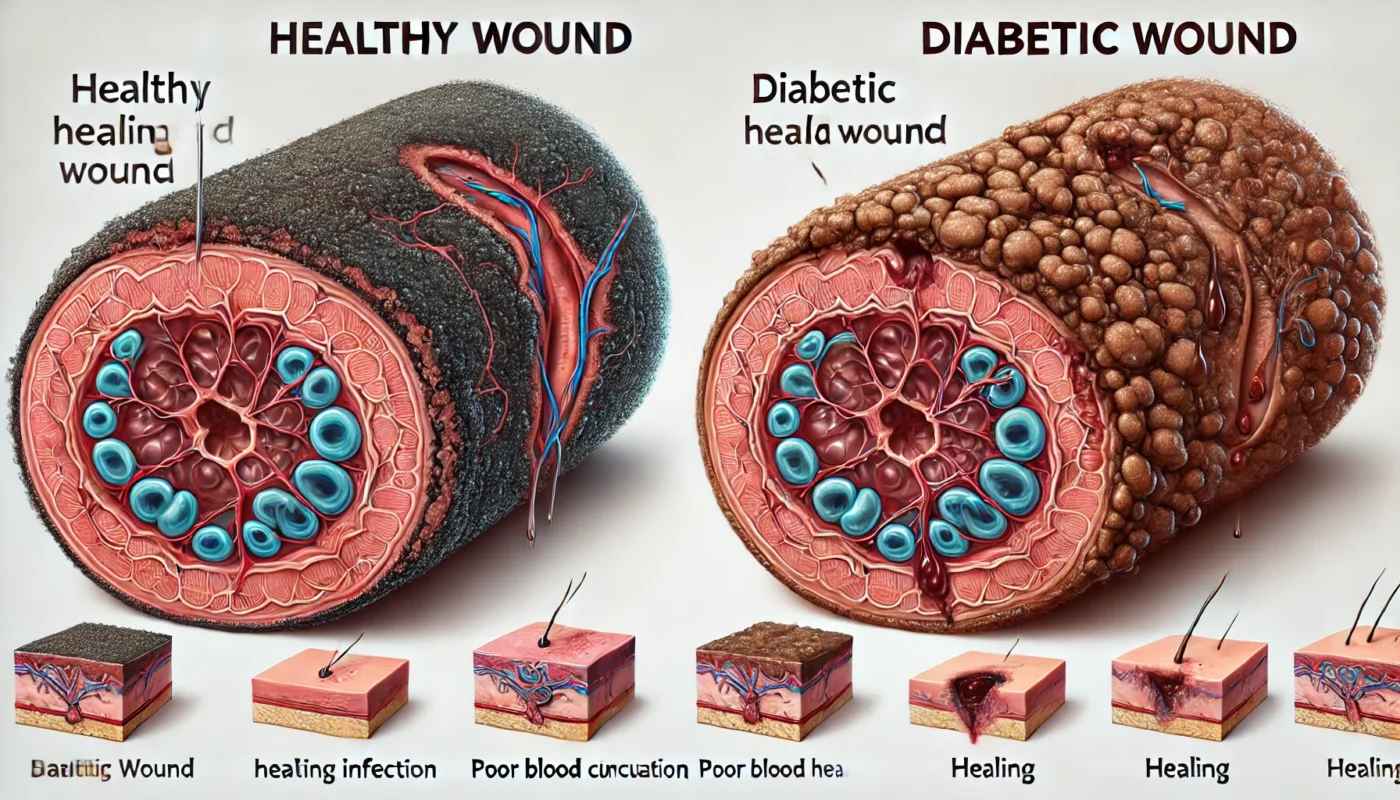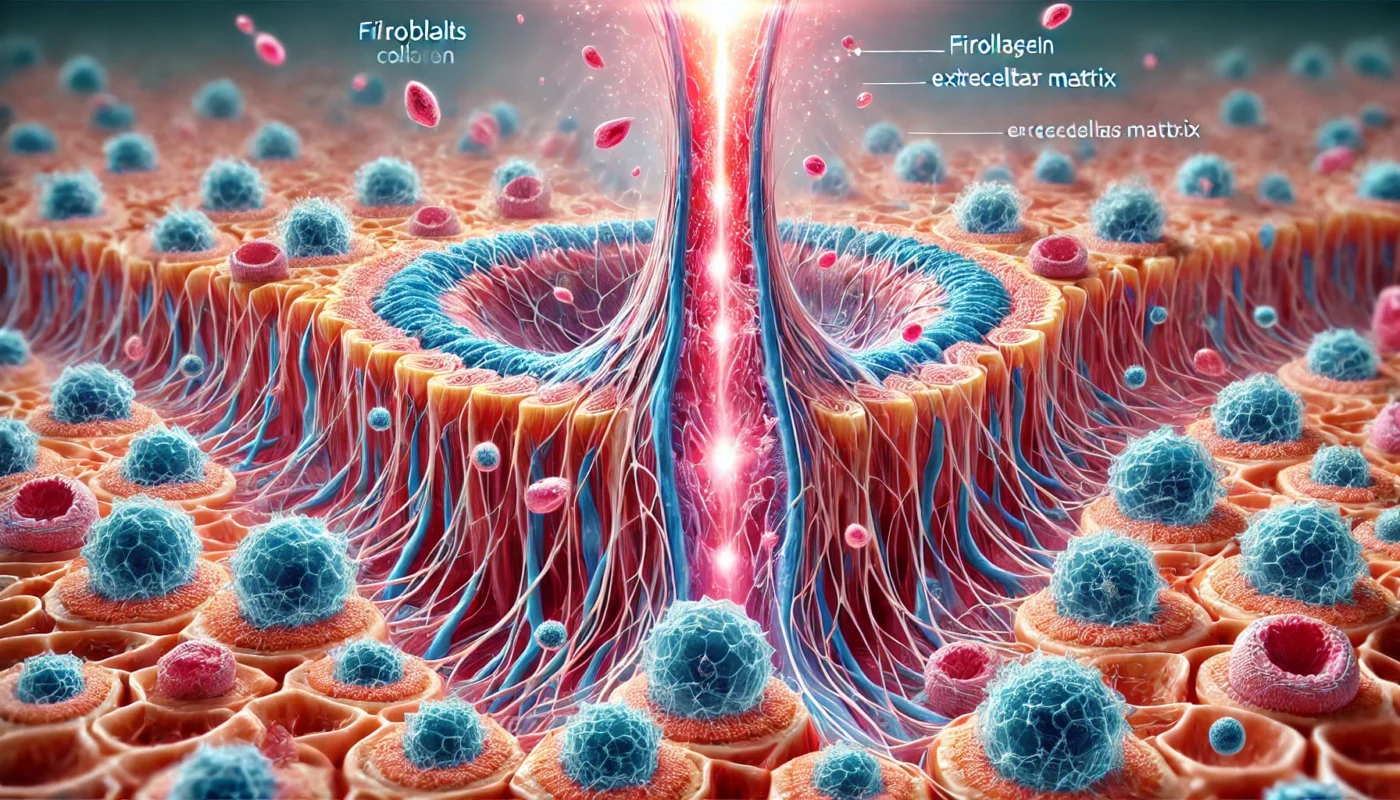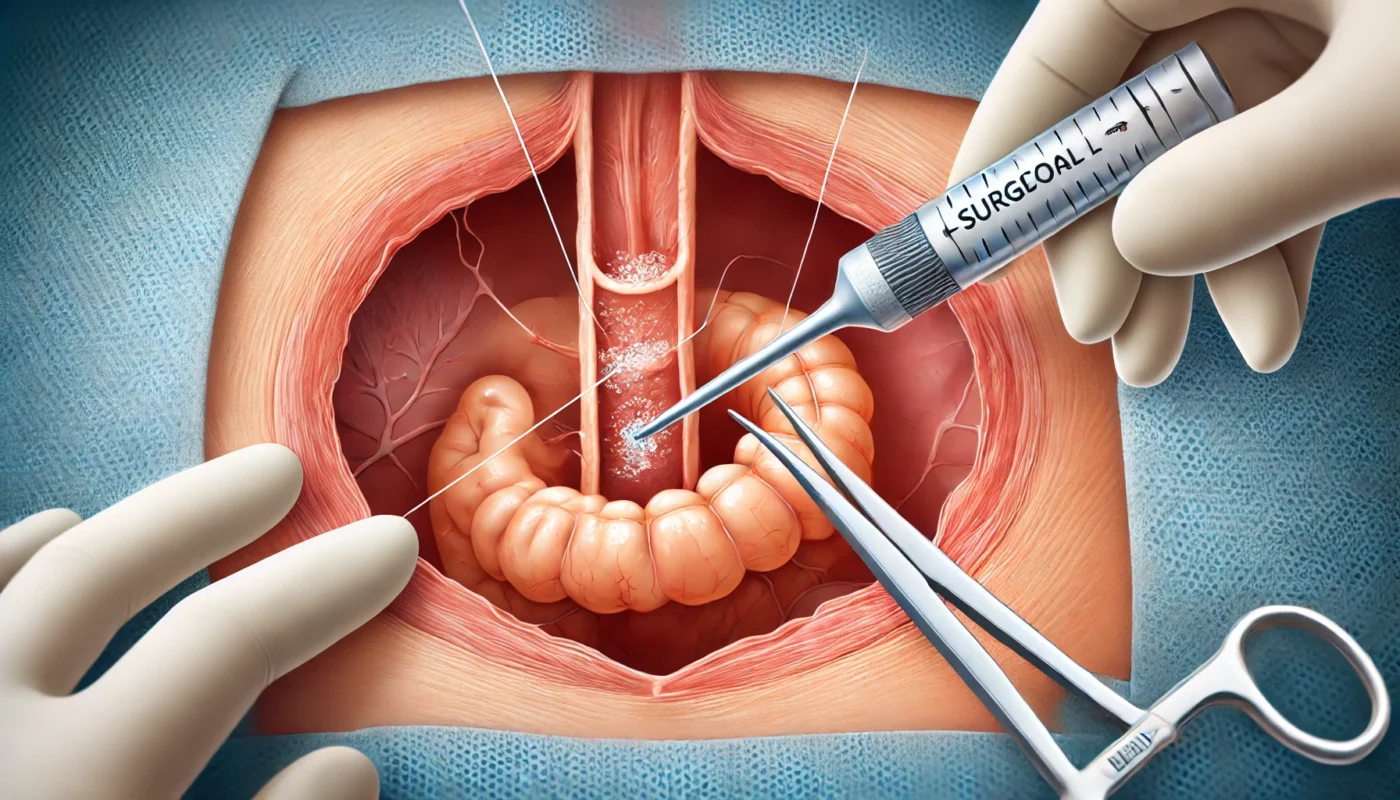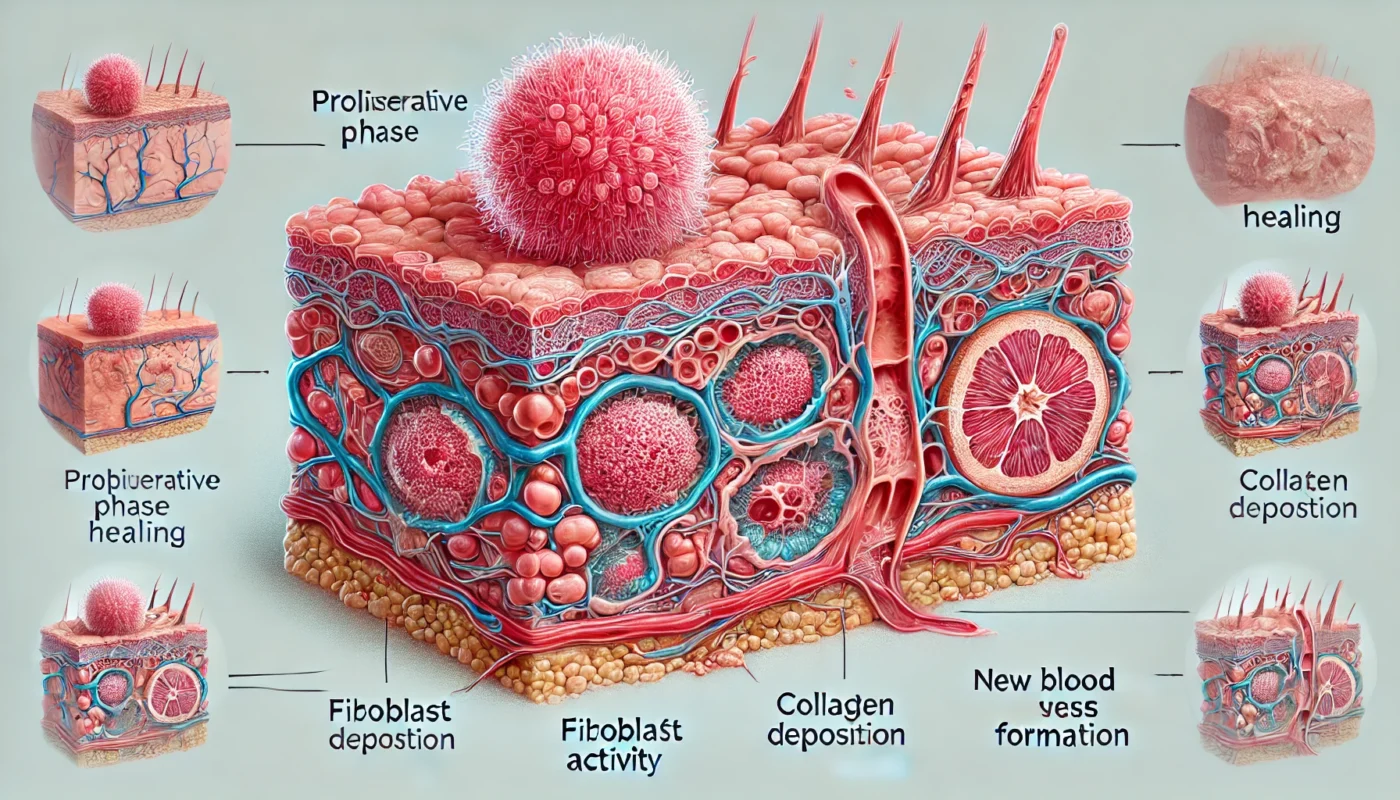Aloe vera, often regarded as a wonder plant, has been an integral part of traditional medicine for centuries. Whether you’re interested in its skin-healing abilities or its digestive aid potential, understanding the nuances between aloe vera pills and gel forms is crucial. Each form offers distinct benefits that can cater to different health needs and preferences. In this article, we take a comprehensive look at aloe vera, its benefits, uses, and the scientific evidence supporting its applications, with a particular focus on comparing aloe vera pills to gel form.
Tag Archives: wound healing
Chronic wounds are those that fail to heal in a predictable manner, often lingering for weeks or even months. Common examples include diabetic ulcers, pressure ulcers, and venous ulcers. These wounds can be debilitating, leading to significant discomfort and increased risk of infection. The complexity of chronic wounds necessitates a multifaceted approach to treatment, combining traditional and alternative therapies.
The golden substance we have come to know as honey is not just a sweetener for your morning tea or toast. Medical grade honey, particularly Manuka honey, has been revered for its healing properties for centuries. But what makes it so special, and how can it be used effectively in wound care? In this article, we’ll delve into the benefits of medical grade honey, explore its use in healing wounds, and provide practical advice for those looking to incorporate this natural remedy into their health regimen.
When it comes to healing wounds, the body’s ability to repair itself is nothing short of miraculous. However, several factors can impede this natural process, and smoking is a significant one. In this article, we delve into how smoking affects wound healing, how much it slows down the process, and whether nicotine plays a role in this detrimental effect.
Diabetes, a chronic condition characterized by elevated blood glucose levels, presents numerous challenges, one of which is impaired wound healing. This complication can lead to severe consequences if not managed properly, making it imperative for individuals with diabetes to understand the nuances of diabetic wound care. This article delves into the intricacies of diabetic wound management and offers practical strategies to prevent complications.
The healing journey is a complex biological process that unfolds in several distinct stages. Each stage plays a vital role in restoring the skin’s integrity and function. Let’s explore these phases in detail:
When it comes to the intricate and fascinating process of wound healing, fibroblasts play a pivotal role that often goes unnoticed. These dynamic cells are integral to the repair and regeneration of tissues, working tirelessly behind the scenes to restore the skin’s integrity after an injury. In this article, we’ll delve into the function of fibroblasts, explore their significance in the wound healing process, and provide insights into how they contribute to each phase of healing. By understanding the multifaceted roles of fibroblasts, we gain a deeper appreciation for the complex biological processes that underpin healing.
Skin regrowth is a fascinating and complex process that plays a crucial role in maintaining our body’s protective barrier. Whether you are a fitness enthusiast pushing your physical limits or a medical patient on the road to recovery, understanding how skin heals and regenerates can empower you to take proactive steps in supporting this vital process. In this comprehensive guide, we will delve into the factors that influence skin regrowth after damage, explore the stages of wound healing, and offer practical advice to aid and expedite recovery.
In the ever-evolving world of minimally invasive surgery, laparoscopic procedures stand out for their ability to reduce recovery times and minimize scarring. A key player in this arena is surgical glue, a product that has seen significant innovations over recent years. But how does this adhesive work, and what does it mean for your recovery process? Let’s explore the latest advancements in surgical glue for laparoscopic procedures and how these innovations can benefit your health journey.
Wound healing is traditionally divided into four distinct phases: hemostasis, inflammation, proliferation, and maturation (remodeling). Each phase is characterized by specific cellular activities and changes in tissue structure.

